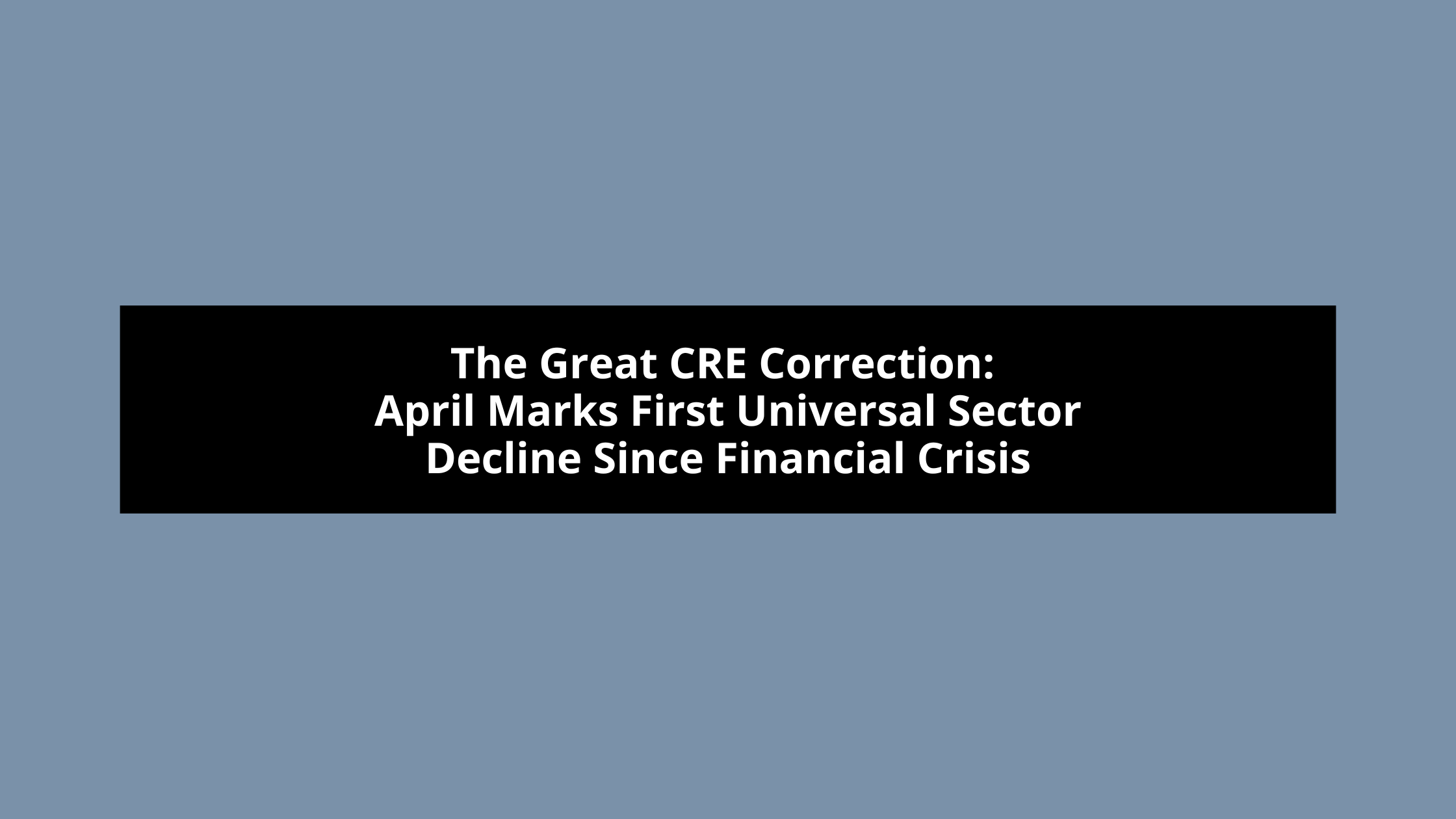Commercial Real Estate Market Faces Increasing Delinquency Rates Amidst $1 Trillion in Maturing Loans
The commercial real estate sector encountered growing pressures in the fourth quarter of 2024, with mortgage delinquency rates climbing from previous quarter figures. This development comes at a critical juncture as commercial loans valued at nearly $1 trillion approach maturity this year, according to recent data from the Mortgage Bankers Association (MBA).
Delinquency Rates on the Rise
The MBA’s analysis covers the five primary capital sources for commercial mortgages, which collectively represent over 80 percent of outstanding commercial mortgage debt in the United States. These sources include life insurance companies, commercial and thrift banks, Fannie Mae, Freddie Mac, and commercial mortgage-backed securities (CMBS).
With the exception of life insurance companies, all major lending groups experienced increased delinquency rates in Q4 2024. The most significant increase occurred in the CMBS sector, which saw delinquency rates jump by 0.63 percentage points from the third quarter. Commercial banks, Fannie Mae, and Freddie Mac all registered smaller but still noteworthy increases.
Despite this upward trend, MBA’s chief economist notes that these delinquency rates remain relatively low when viewed from a historical perspective. However, the convergence of approaching loan maturities, challenging economic conditions, and steady interest rates could potentially lead to further increases in delinquencies as borrowers struggle to refinance their loans.
Market Challenges
The commercial real estate market continues to grapple with several significant challenges. Office properties face low occupancy rates and uncertainty surrounding return-to-office mandates, while the multifamily sector contends with issues of oversupply. These factors have attracted the attention of federal regulators, with the Financial Stability Oversight Council identifying commercial real estate as a key concern for America’s financial stability in its December 2024 report.
The council highlighted slowing rent growth, rising vacancies, and elevated borrowing costs as ongoing challenges for the sector. Office property vacancy rates in urban areas have reached their highest levels in a decade, a trend exacerbated by the widespread shift to remote work during the pandemic. Properties in large urban centers are experiencing particular stress, potentially creating elevated risks for the financial institutions holding these loans.
Outlook for 2025
Despite these challenges, some financial institutions maintain an optimistic outlook for commercial real estate in 2025. JP Morgan expressed positive sentiment in its January report, noting that the industrial sector continues to perform exceptionally well, while multifamily and retail sectors demonstrate resilience despite certain vulnerabilities. Even office vacancy rates are beginning to stabilize in select markets.
However, JP Morgan identified two significant risks facing the market: the increasing frequency and intensity of natural disasters, which are becoming increasingly costly, and uncertainty regarding the Federal Reserve’s interest rate policies. While rate cuts are anticipated this year, there are no guarantees these projections will materialize.
Industry experts at Manulife Investment Management anticipate a relatively soft landing for commercial real estate, predicting continued positive momentum for economic activity that would benefit leasing and income drivers, including rents and occupancies.
Adaptation and Transformation
The commercial real estate sector is demonstrating remarkable adaptability in response to these challenges. Many vacant office buildings are being repurposed into residential spaces, addressing both the oversupply of commercial properties and the ongoing housing shortage. This represents a significant shift from previous decades when office buildings dominated the commercial real estate landscape.
Similarly, hotels experiencing reduced traffic from both business and leisure travelers are being converted into apartments, offering a cost-effective solution that requires minimal modifications to the existing structures.
Banking Sector Resilience
Concerns about the impact of commercial real estate challenges on the banking sector have prompted regulatory attention. The Federal Reserve’s stress tests from last year suggest that banking institutions possess sufficient capital to weather potential commercial real estate downturns. These tests evaluated banks’ performance under severe conditions, including a global recession, a 40 percent decline in commercial real estate values, and a 36 percent drop in house prices.
The Federal Reserve announced its 2025 stress test scenarios last month, with results expected in June 2005, which will provide further insights into the banking sector’s resilience amid commercial real estate market fluctuations.
As the commercial real estate landscape continues to evolve in response to changing economic conditions and work patterns, the sector’s ability to adapt and transform will be crucial in determining its trajectory throughout 2025 and beyond.
About MylesTitle: MylesTitle is your solution for commercial real estate title insurance. From the ordinary to the extraordinarily complex, we advocate for owners and lenders to issue the most favorable title policies to benefit you and/or your client in terms of coverage and cost. Contact us to discuss how what we do is different and how we can save you time, energy and money.


